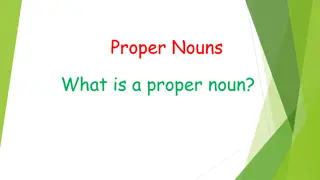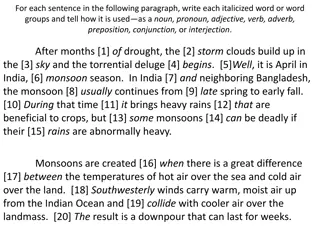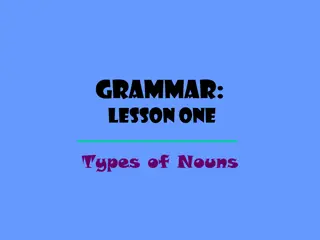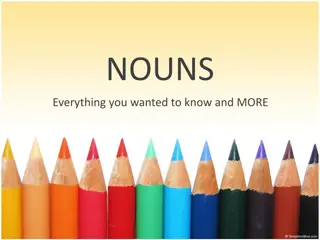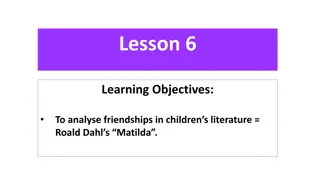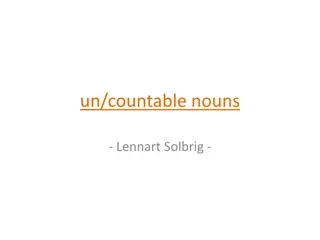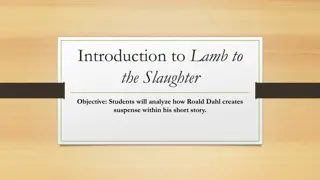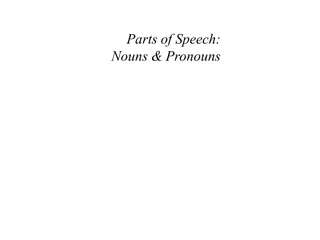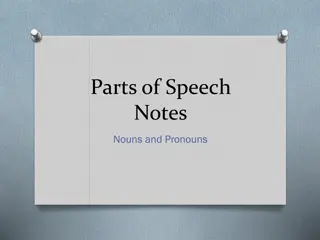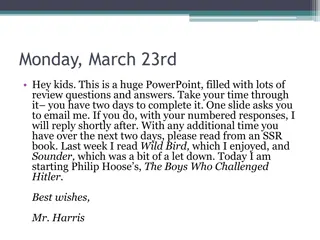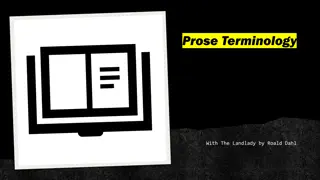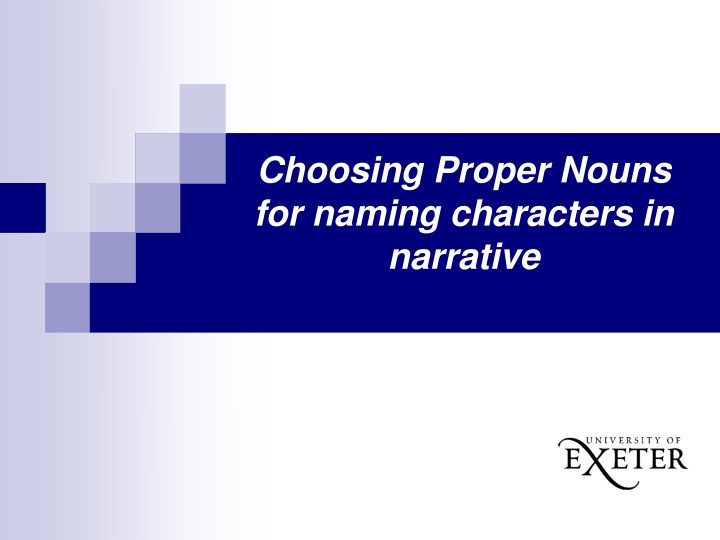
Effective Strategies for Character Development and Grammar Integration in Narrative Writing
Explore how to create engaging characters in narratives by showing, not telling, and choosing fitting names. Learn how to integrate grammar effectively into writing, linking it with meaning and rhetorical impact. Discover the importance of authentic texts and high-quality discussions in enhancing writing skills.
Download Presentation

Please find below an Image/Link to download the presentation.
The content on the website is provided AS IS for your information and personal use only. It may not be sold, licensed, or shared on other websites without obtaining consent from the author. If you encounter any issues during the download, it is possible that the publisher has removed the file from their server.
You are allowed to download the files provided on this website for personal or commercial use, subject to the condition that they are used lawfully. All files are the property of their respective owners.
The content on the website is provided AS IS for your information and personal use only. It may not be sold, licensed, or shared on other websites without obtaining consent from the author.
E N D
Presentation Transcript
Choosing Proper Nouns for naming characters in narrative
LEAD Principles PRINCIPLE LINKS EXPLANATION RATIONALE To establish a purposeful learning reason for addressing grammar, and connect grammar with meaning and rhetorical effect Make a link between the grammar being introduced and how it works in the writing being taught To avoid writing lessons becoming mini- grammar lessons, and to allow access to the structure even if the grammar concept is not fully understood To integrate reading and writing and show how real writers make language choices EXAMPLES Explain the grammar through examples, not lengthy explanations AUTHENTIC TEXTS Use authentic texts as models to link writers to the broader community of writers To promote deep metalinguistic learning about why a particular choice works, and to develop independence rather than compliance DISCUSSION Build in high-quality discussion about grammar and its effects
Creating Characters in Narrative Show not tell: reveal your character through showing what they are like, not just telling the reader; Use specific, concrete detail to describe characters to make your readers believe in them; Create strong visual descriptions which allow your reader to see the character in their own mind s eye; Think about how you name your characters; Reveal inner reflections so your readers know what your characters are thinking and feeling; Use dialogue to reveal your character.
Creating Characters in Narrative How well does each character s name match their description? What more does the name tell you about the person? Mr Wormwood was a small ratty-looking man whose front teeth stuck out underneath a thin ratty moustache. When she marched Miss Trunchbull never walked, she always marched like a Stormtrooper with long strides and arms aswinging when she marched along a corridor you could actually hear her snorting as she went, and if a group of children happened to be in her path, she ploughed through them like a tank, bouncing off her to left and right. Miss Honey had a lovely pale oval Madonna face with blue eyes and her hair was light brown. Her body was so slim and fragile one got the feeling that if she fell over she would smash into a thousand pieces, like a porcelain figure.
Verbalising the Grammar-Writing Link A crucial element of the LEAD principles is helping writers to think explicitly (metalinguistically) about the choices they make. As a teacher, you need to support this by being crystal clear yourself about how you verbalise the link between a grammar choice and its effect in a particular text/context. Then express this in student-friendly language, as below. Verbalisation to share with students: When you are creating characters in narrative, you can think about how you name your characters. You might choose a name that matches their appearance or suggests what kind of person they are. Choose your Proper Nouns carefully!



